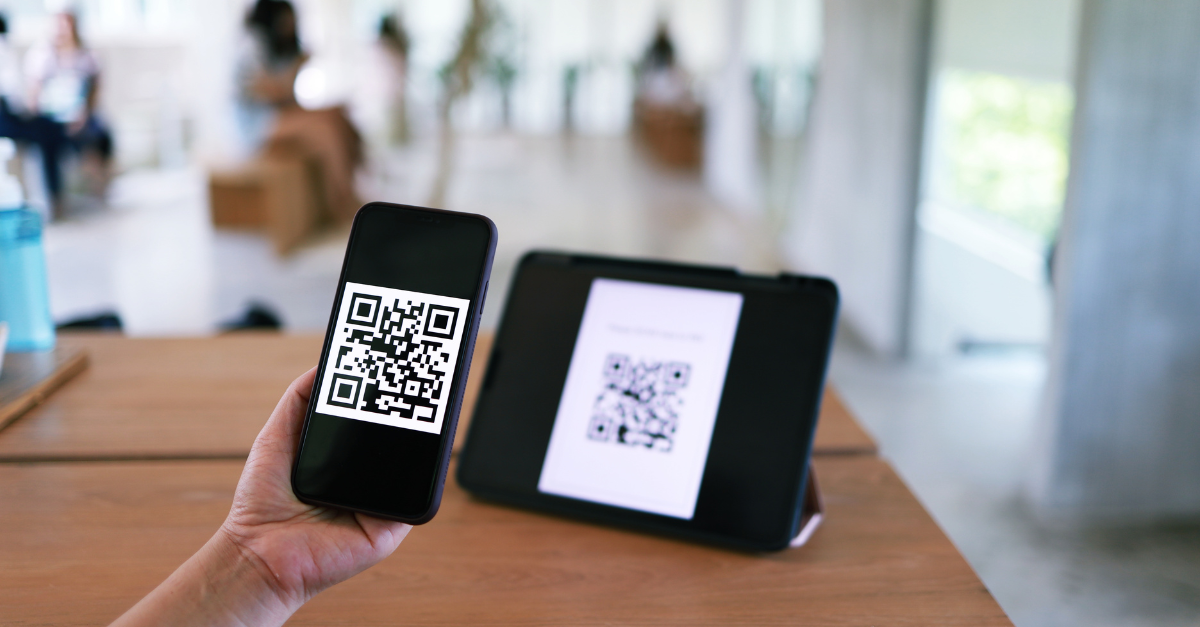Catching the HCAHPS Unicorn

A perfect HCAHPS score is the unicorn in healthcare. Everything must fall into place perfectly to receive a five-star survey rating. The patient must like their provider and nurses providing treatment. The patient must accept the treatment plan and advice given by these healthcare professionals. The patient must be dedicated to making lifestyle changes to improve their own health. The burden for the provider to rely on the patient to actively participate in their care program can seem overwhelming and unobtainable.

What are HCAHPS Scores?
In 2002, the Centers for Medicare & Medicaid Services (CMS) established the Hospital Consumer Assessment of Healthcare Providers and Systems (HCAHPS) survey after a request from the Agency for Healthcare Research and Quality (AHRQ) to develop a way to measure patient perceptions of care received. Sharing the HCAHPS scores publicly armed healthcare consumers with information to pick the hospital that was right for them. Only hospitals reimbursed under the Inpatient Prospective Payment System (IPPS) are required to report quality data from HCAHPS to CMS, but other non-IPPS hospitals can voluntarily participate.
The score is comprised of answers to 29 survey questions about a patient’s recent hospital stay. Questions dig into the patient’s opinions about their communication with doctors and nurses, information about medications, cleanliness, quietness, the discharge process and the patient’s likelihood to recommend the hospital to others. CMS asks participating hospitals to receive at least 300 completed surveys each year.
HCAHPS scores can impact a hospital’s financial performance in two ways. The first is through CMS reimbursement with hospitals receiving full payments for services if the patient is satisfied. The second way is through brand reputation among patients since consumerism is rising in the healthcare industry. As more and more patients look for high HCAHPS scores before picking a facility, hospitals must compete for market share to stay afloat.
Boosting HCAHPS with Technology
While it might be easy for healthcare leaders to throw in the towel and give up, patient-centric technology puts the illusive HCAHPS unicorn in sight. Implementing the right tools and tactics is key. Small actions can have massive payoffs as healthcare technology companies focus their software on ways to positively impact HCAHPS scores.
The TroyRx team leveraged our connections and experience to come up with the top four strategies healthcare leaders can use to catch the HCAHPS unicorn.
- Always communicate. Hospitals should implement multiple modes of communication to interact with patients, including printed and digital materials to complement what is discussed. Multiple HCAPHS survey questions want to know how often nurses and providers told them what their treatment and medicine was for, and if hospital staff described side effects. Hospitals can use technology to take follow up to the next level with automated emails and texts. For example, the OptionRx platform provides drug information about side effects alongside affordability options. Patients are armed with the tools to learn more about their medications and obtain their prescriptions for the best price at pharmacies nearest to their location. The solution addresses two issues by empowering patients with more information and better communication.
- Seamless options work best. Providers and nurses experience burnout at an alarming rate. Those numbers only increase each year with heightened stress in healthcare. Quality care can be achieved with technology that seamlessly integrates into clinical workflows already in place within a health system. Find ways to educate patients with automated materials sent directly to the patient at the point of care.
- Set expectations. Confusion can be avoided by providing information to patients through multiple methods. Keep each communication channel updated regularly and clearly. Websites, patient portals and printed materials need to be relevant and straightforward. For example, proactive efforts can help a patient better understand how to handle after-hours care, scheduling appointments and refilling prescriptions. This will allow providers time to focus on patient care.
- Invest in upgrades. Slow outdated systems can delay care and result in frustration for the doctors, the nurses and the patients. A small update to facility appointment scheduling platforms, waiting room systems and hospital signage can increase efficiency and positively impact the patient. Keeping all these items in sync can ensure everyone has access to the information they need.
Send Patients on Their Way with Options
Patients should always be ‘in-the-know' about their wellness options. While good ole’ fashioned talking is still a great way to share details about care, key details can be lost by a patient. Stress from battling an illness increases the likelihood of confusion and communication disconnects. With at least five questions tied to information provided to patients at discharge, hospitals have a vested interest in helping their patients understand treatment during and after visit.
HCAHPS survey scores are on the line for health systems relying on good feedback in order to get full payments for patient care through CMS while developing loyal relationships with their patients. There’s a strong correlational to patient satisfaction and high financial performance. Investing in patient-centric software platforms that help address what is most important to patients at a personal level is always a best practice. There might be a small cost to implement a system initially, but the payoff can offer big returns if patient-supportive materials are tracked and used.
Related Posts

Bank Tellers Are Going Away. What's Next?
The landscape of banking has undergone significant transformation. One notable shift is the steady decline in bank teller jobs, a trend driven by technological advancements,..

Platform Revolution: 4th Generation of Core Banking
The 4th generation of core banking has arrived, bringing with it a platform revolution that is reshaping the banking industry. This transformation heralds the transition from..

5 ATM Features Banks Need in a Cashless Society
As contactless payments, digital wallets, and online banking increasingly become the norm, the reliance on cash is steadily diminishing. This shift towards a cashless society is..



Leave a Reply